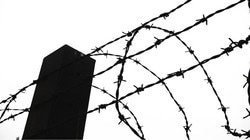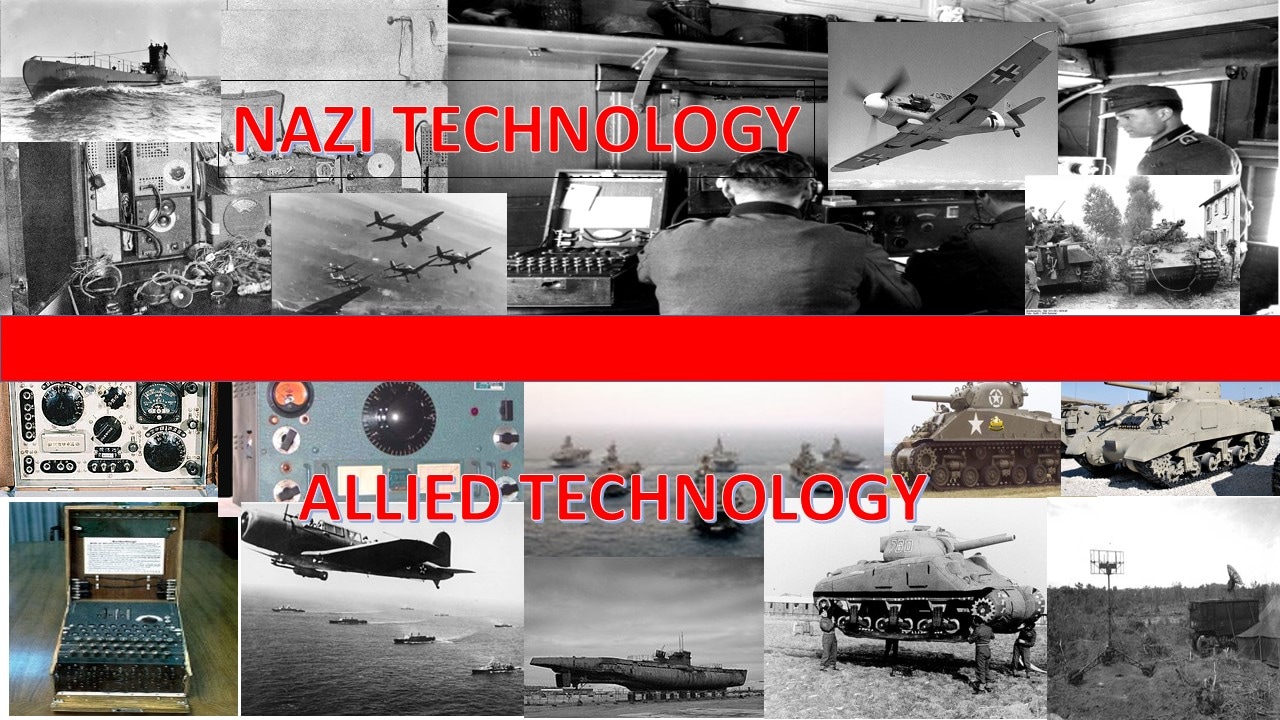Time, Space, Technology
1) https://www.google.com/earth/ AND
2) http://www.travelersdigest.com/7356-how-big-is-germany-in-comparison-to-the-united-states-united-kingdom-japan/ QUESTIONS: 1) How many Germanys will fit in the U.S.A.? 2) How easy would it be to control a country this size if you are a dictator? 3) Can you distinguish between technology then and now? |
Background Questions:
Why did it happen? Read these links and choose the most important word for each link.
1)What was the economic condition of Germany before World War II? https://www2.gwu.edu/~erpapers/teachinger/glossary/great-depression.cfm Compare Germany and Harlem in the 1930s. 2) http://www.simplypsychology.org/prejudice.html. Read the section entitled "Rogers and Frantz (1962) 3) Interpret the expression: "Familiarity Breeds Contempt" or "familiaridad engendra desprecio". Is it possible from that perception that stereotypes can be created and "validated" with lazy thinking? 4) What is a "book burning?" http://www.cbc.ca/news/world/the-books-have-been-burning-1.887172 What happens to ideas and rules after burning? 5) If Hitler was so bad, how did he get int office? http://www.historyplace.com/worldwar2/riseofhitler/elect.htm. What does that say about the time? What was it in the world at that time? German Epiphany http://hmd.org.uk/resources/poetry/first-they-came-pastor-martin-niemoller |
Technology was very important in war at this point for communications and stealth. Both sides had the best technology of the times. Sometimes it takes a little more than technology to win. The Allies used very CLEVER and INEXPENSIVE technology like the BALLOON TANKS to fool the Nazis into believing they had more forces than they really had in OPERATION OVERLORD. What could this mean for the world to know about what was happening to the victims of the Nazis without satellite? Observe how we now watch for human rights violations in Darfur, Sudan in the button below:
Assignment: Can you be a protector? Watch Google Earth for destruction for Syrians on the move.
|
Now for the story...
VocabularyUnderstand the story
Forms
Higher Level thinking question: At the same time in the United States, Japanese internment camps were legal. What does it say for civil rights during a period of war even in the United States?
|
Story Parts
Analyze the story.
2. What adjective could you use to describe the situation? See the "NEGATIVE ADJECTIVES" button above. SS: The adjective I could use to describe this story is ____________ because __________________________. 3. What is a symbol you could use to describe this story? SS: The symbol I could use to describe this story is ____________ because ________________________. 4. What kind of mood does this story create? Use the "Mood Words" button to think about it. SS: The mood of this story is ____ because ____________________________________. |
EPILOGUE: GERMANY TODAY
http://www.oxfordscholarship.com/view/10.1093/0199291926.001.0001/acprof-9780199291922-chapter-11
The post-world war II German-Israeli reparations program is the largest, most comprehensive reparations program ever implemented. Traditionally, reparations were supported by the vanquished and were designed to compensate the victor for the damages caused during the war. The Wiedergutmachung (literally “making the good again”) program as it is called in Germany, or Shilumim (the payments) as Israelis usually prefer to refer to it, innovates in many areas and goes beyond this interstate framework. Jewish leaders participated in the Luxembourg negotiations that led to the signature of the 1952 treaty, and community networks played a crucial role in the distribution of the money to the victims. Civil society groups played an instrumental role in the United States as plans for reparations were being discussed during the war. Neither the Federal Republic of Germany (FRG) nor Israel existed during the war. REPARATIONS HAVE BEEN PAID TO THE STATE OF ISRAEL AND WERE PAID TO JEWISH HOLOCAUST SURVIVORS REGARDLESS OF THEIR NATIONALITY. The FRG benefited politically and economically from this treaty. It was able to enter the international arena and establish diplomatic relations with Israel, whose economy greatly benefited from the money it received. HIGHER LEVEL THINKING QUESTION: HOW DO PEOPLE LEARN TO HATE AND HOW DO PEOPLE MAKE PEACE? |




